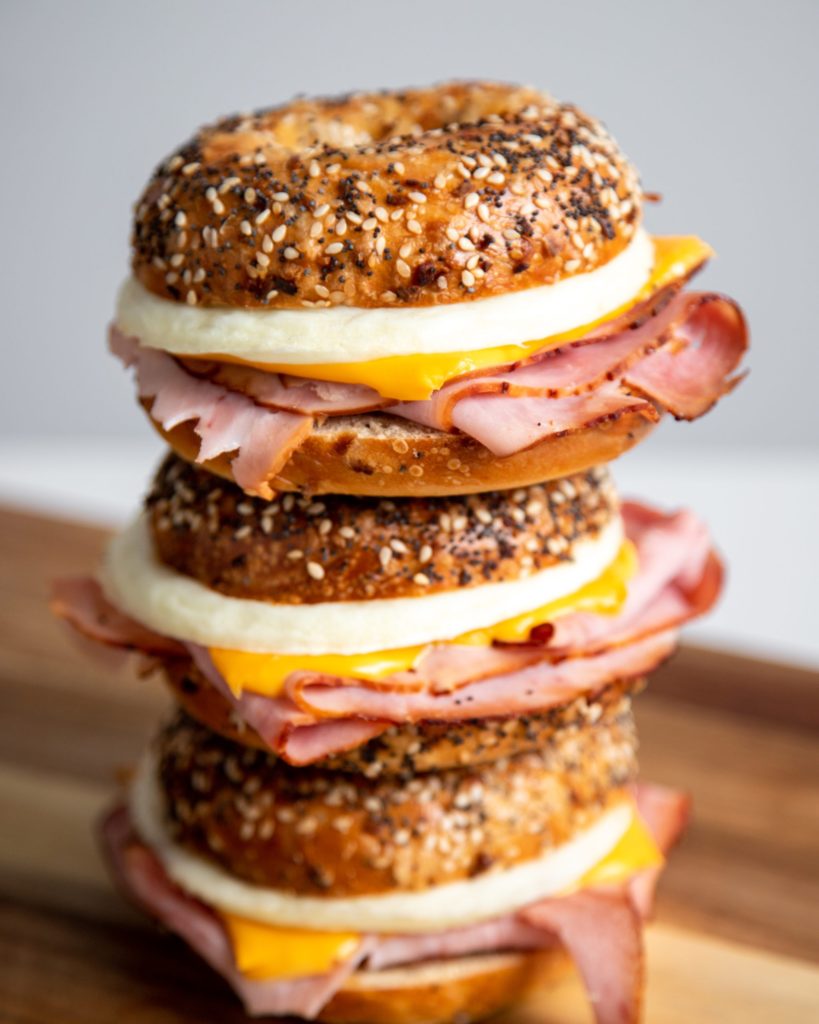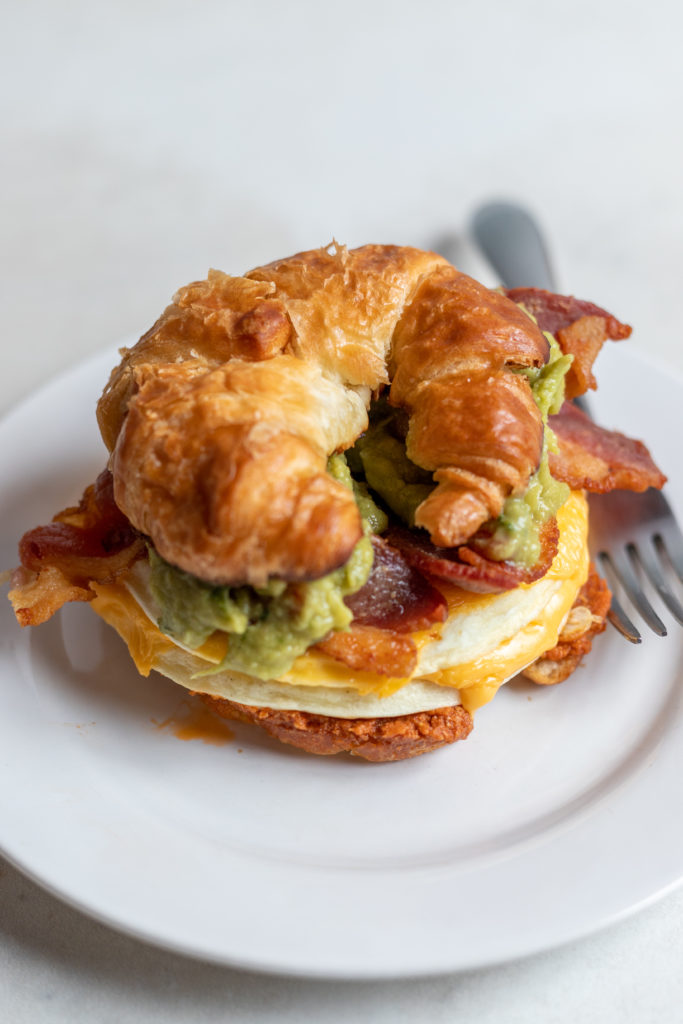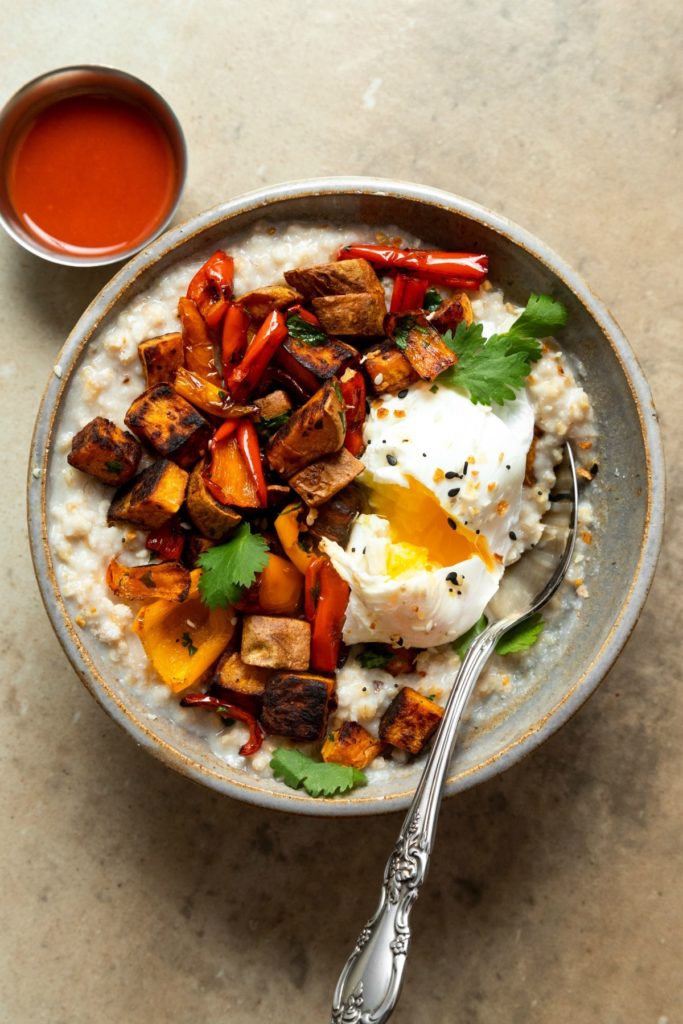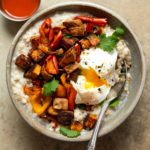With Wednesday, May 6 being International No Diet Day, we thought we would debunk 4 of the most commonly known diet myths. Sentiments like “all calories are bad” or “this diet is better than that diet” are often vocalized with little to no factual evidence.
Myth #1: all carbs are bad
Ever heard of this one? Before you rush to clean out all the carbohydrates from your kitchen, this statement can be easily debunked.
Not all carbs come in the form of French fries or pizza. In fact, fruit, vegetables and whole grains are found to contain whole carbohydrates. By classifying carbs as “whole carbohydrates” and “refined carbohydrates,” we can better understand why this statement is actually false.
Whole carbs are often referred to as unprocessed or unrefined, meaning that they still contain the bulk of their vitamins and nutrients. Examples of whole/unrefined carbs include fruit, vegetables, oatmeal and whole wheat bread. These foods have not undergone a process to strip them of naturally occurring elements such as fiber and healthy fats.
In contrast, refined carbs have undergone a process (such as milling), which strips them of vitamins and nutrients. Examples of refined carbs are potato chips, white rice or sugary cereals.
Types of Carbohydrates
One major difference between the two types of carbs is how they provide your body with energy. In simple terms, unrefined carbs provide us long-term energy, while refined carbs are digested rapidly and lead to a quick spike in energy.
Due to the presence of fiber in whole carbs, our bodies are able to digest these foods overtime and keeps our energy steady throughout the day.
If you regularly consume soda or other foods with high sugar content, you may be familiar with feeling your energy spike and then plummet shortly thereafter. This is due to the lack of vitamins and nutrients in refined carbs. To avoid the feelings of an energy crash, we recommend introducing unrefined carbohydrates into your diet.
Here are some simple swaps you can make if you want to implement more whole carbs into your meals.
| Processed/Refined Carbohydrate |
Whole/Unrefined Carbohydrate |
| Potato chips |
Whole grain tortilla chips |
| White rice |
Brown rice, quinoa |
| White breads |
Whole wheat or whole grain breads |
While it is important to consume as many whole or unrefined carbs as possible, we understand that this is not feasible for everyone. Of course it is unrealistic to cut out every single processed carb, because who doesn’t crave a pizza every now and then? Everybody’s dietary needs and cravings are different, do not feel like you have to cut out all refined carbs for the rest of your life – you can learn how implement or swap in more unprocessed carbs instead.
Myth #2: steer clear of all fatty foods
In addition to other diet myths, this is completely false and should not be a statement you should revolve your food philosophy around. Just like carbs, fats are absolutely necessary for the body. According to the American Heart Association, “dietary fats are essential to give your body energy and to support cell growth.”
Similar to carbs, there are four ways to categorize the fats we consume: saturated fats, trans fats, monounsaturated fats and polyunsaturated fats. In very simple terms, monounsaturated and polyunsaturated are considered “good” fats, while trans and saturated fats are not.
Trans fats are specifically found in highly artificial or processed foods. While more and more brands are prioritizing eliminating trans fats, it is still important to be mindful of what you consume. One way to guarantee you are not consuming trans fats is by reading a product’s nutrition label.
Saturated fats are often viewed as “bad fats,” however they are not as harmful as trans fats. Saturated fats are common and are often found in ingredients such as red meats and dairy (cheese, ice cream, butter). According to Harvard University’s School of Public Health, saturated fats “are best consumed in moderation.” If you are worried about your saturated fat intake, red meats and dairy can be replaced with items such as legumes or fish.
Healthier fats that can be incorporated into anyone’s daily meal routines include avocado, dark chocolate (who knew?!), salmon, olive oil and nuts.
Next time someone tells you to avoid all fats, now you know that myth’s been busted! Don’t forget your body still needs fats for fuel and healthy fats are a great way to do that.
Myth #3: nothing can replace the protein you get from meat
Sorry meat-eaters, but this diet myth’s false. There are many non-meat alternatives for plant-based or vegetarian eaters. While it may be difficult to transition from meat to vegetarian protein, there are many options that provide the appropriate amounts of protein necessary.
Since everyone’s protein intake differs, the protein choices you choose will vary. Below are some non-meat protein alternatives for both vegetarian and plant-based diets.
Vegetarian/Plant-based protein sources
- Whole eggs or egg whites
- Quinoa
- Tofu, tempeh, seitan, edamame
- Legumes (chickpeas, lentils, soybeans, kidney/black/pinto beans)
- Nut butter
- Chia seeds, hemp seeds
- Ezekiel bread
- Soy milk, almond milk
- Oats, oatmeal
- Protein-rich vegetables (sweet potatoes, brussels sprouts, broccoli, spinach)
Myth #4: long-term juice cleanses are good to detox and nourish your body
Similar to other diet myths, this one can be easily debunked. After a day or two of indulgent eating, it can be tempting to opt into day-long juice cleanses. It is no secret that many celebrities and influencers endorse and do juice cleanses, increasing the rage about them. However, juice cleanses are not a healthy replacement for eating full, nourishing meals.
This begs the question: why are juice cleanses so hyped up? For starters, a lot of juice cleanse companies vocalize the idea that you should not or do not have to eat while on a juice cleanse. That means, for however long you are choosing to cleanse, you consume nothing but juice. Some brands take a different approach and say that it is O.K. to snack lightly while on the cleanse.
However, most companies do not promote consuming regular, nourishing meals in addition to the cleanse. Consequently, your body is deprived of vitamins and nutrients that come from whole foods.
For example, juices do not contain parts of the peels or rinds from fruit or vegetables. Fiber is stripped from whole fruits and vegetables during the juicing process but a lot of the sugars are sustained. According to Mayo Clinic, Fiber aids the body in digestion, lowering blood sugar levels and cholesterol levels.
There are some positive effects from juicing such as consuming micro-nutrients and hydration. However, the UCLA Center for East-West Medicine point to some significant negative effects of juicing. They explain that juices contain little amounts of protein and healthy fats, which can lead to a protein deficiency. Additionally, because of the sugars in juice a consumer’s blood sugar tends to spike and crash, leaving them feeling tired and hungry.
Juicing substitutes
To some, juice cleanses may be helpful but for most, it will not be a satisfactory replacement for meals. Some safe and healthy alternatives to juice cleansing include:
- Incorporating more whole fruits and vegetables into meals
- Consume smoothies instead of juices (blending retains more of the vitamins & nutrients of fruits and vegetables)
- Eat more raw foods
- Try a soup cleanse
- Practice intuitive eating to avoid feelings of needing to cleanse after indulging
There are plenty more diet myths lurking out there. Hopefully now, you are able to identify them and avoid feeling trapped in the cycle of diet culture. By incorporating unrefined carbs, healthy fats, plant-based proteins and avoiding juice cleanses, you are finding ways to honor your body and health without pressure from diet myths.





